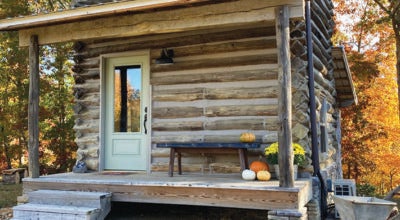Black History: Black Women’s Club Movement from 1900-1935
Published 11:11 am Friday, February 19, 2021
|
Getting your Trinity Audio player ready...
|
My interest in black women’s history, particularly around activism, in part, led me to pursue graduate studies in both black and women’s history. My master’s thesis focused on the Black Women’s Club Movement from 1900-1935. In this piece, I share with you, findings from my research.
Black women putting aside their individual interests for the good of the race was historic, when in 1896 the National Association of Colored Women (NACW) was founded. Between 1896 and 1935, more than 30 national African American women’s organizations were founded, including sororities, religious and professional organizations.
The NACW was not an auxiliary to a like-minded men’s organization nor an extension of a white women’s organization; it was a black women’s organization, committed to racial uplift. Women’s organizations wishing to join had to have a constitution free of religious or political bias, have a membership of at least 10 and, make a formal application. The programs of black women’s clubs across the country were similar in that they combined social services, cultural and social activities.
Black clubwomen were very much a part of the activities that nurtured the development of many early black civil rights and other women’s national organizations. Most notably, the National Association of Colored People (NAACP) founded in 1909, the National Urban League (NUL) founded in 1910 and the National Council of Negro Women (NCNW), an umbrella organization for national women’s organizations, founded in 1935. In fact, Ida B. Wells-Barnett, founding member of the Chicago Women’s Club was the only black woman founded in 1935 to sign “the call” for a conference, placed by organizers of what was to become the NAACP. In addition to Wells-Barnett four other clubwomen served on the NAACP’s board of directors following its incorporation in 1911.
Recognizing the work of the NAACP to address legal and political issues and the NUL “negotiating and investigating social and economic problems, the NACW had to carve out a new niche for itself.” Thus, at its 1930 national convention, the delegates reorganized their focus and adopted a platform of Mother, Home and Child, pledging to work cooperatively with national and international organizations. Their mission today has not deviated much from its earlier one. The focus is still on “. . . uplifting women, children, families, the home and the community through service, community education, scholarship assistance and the promotion of racial harmony among all people . . .”
The organization purchased its current national headquarters in Washington, D.C. in 1954.
Through the activities of its state and local federations, NACW member clubs are still meeting the pressing needs of their local communities.





